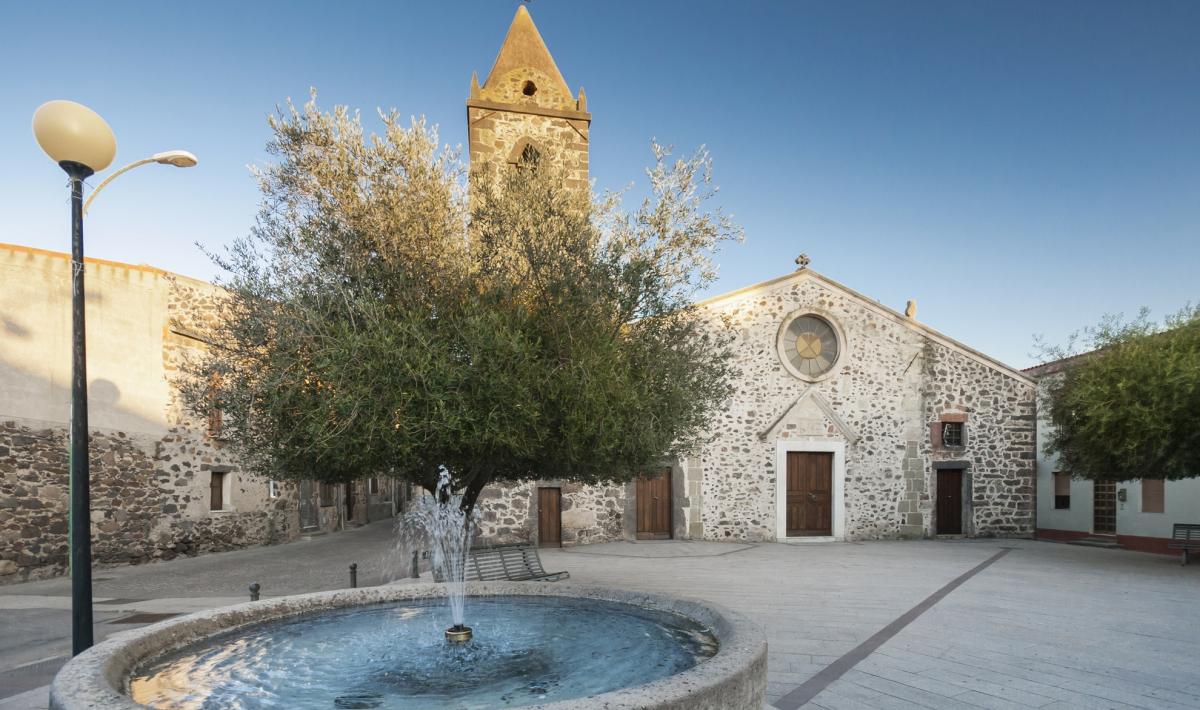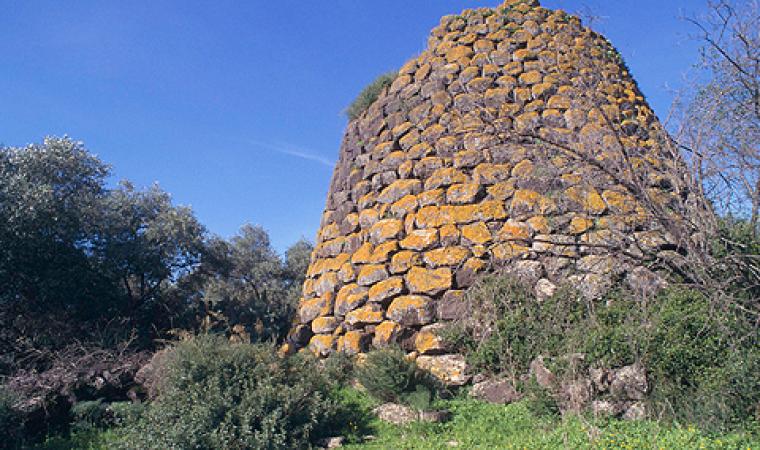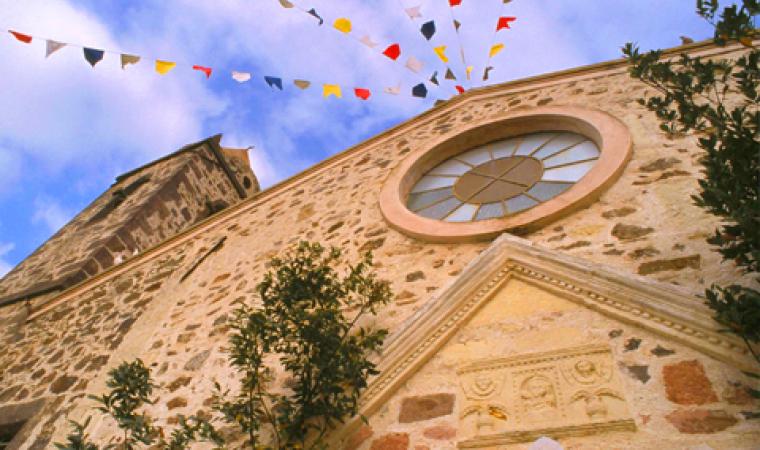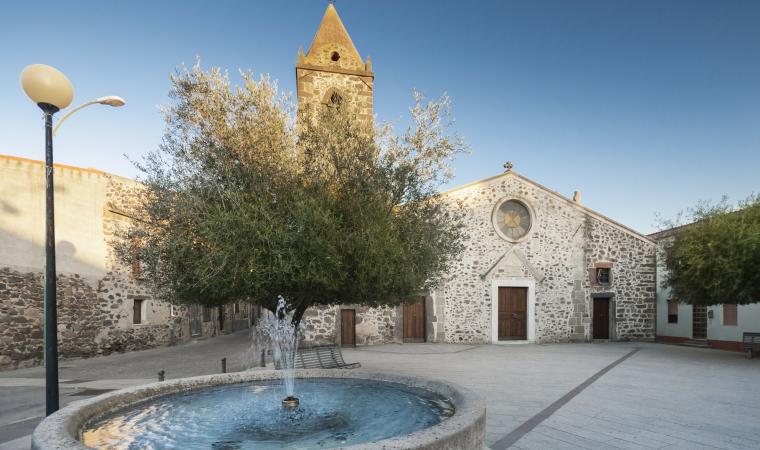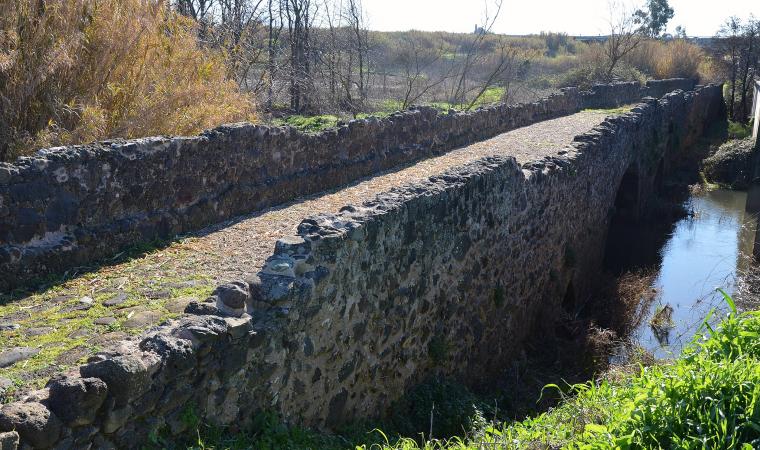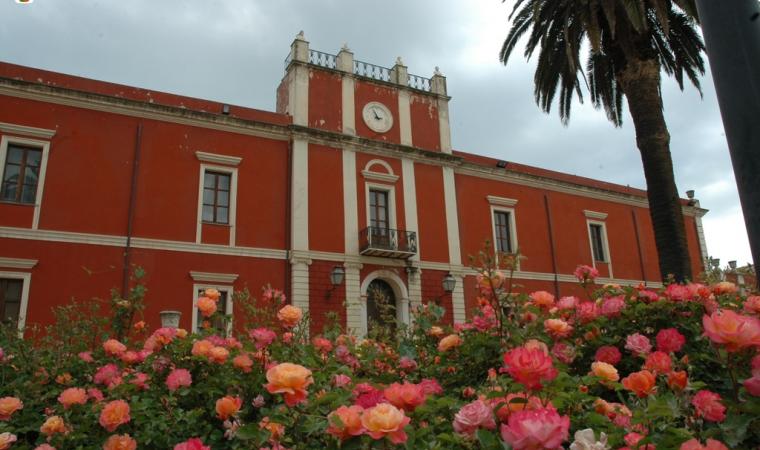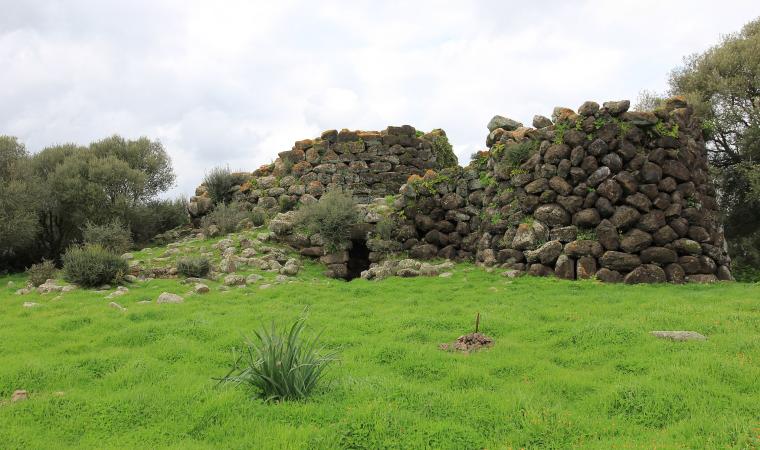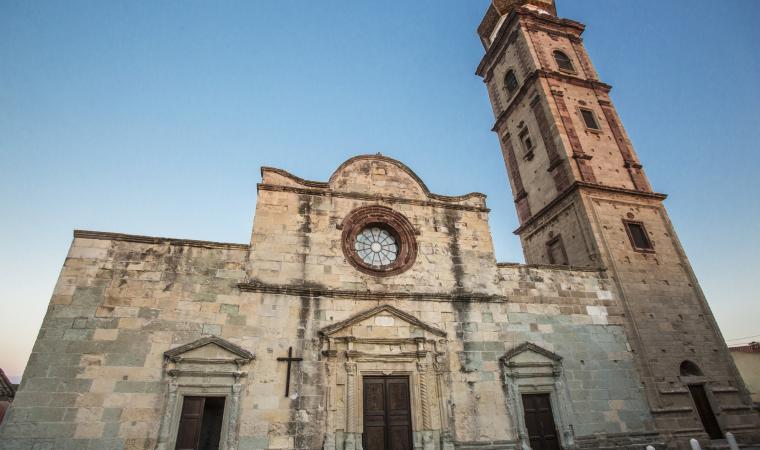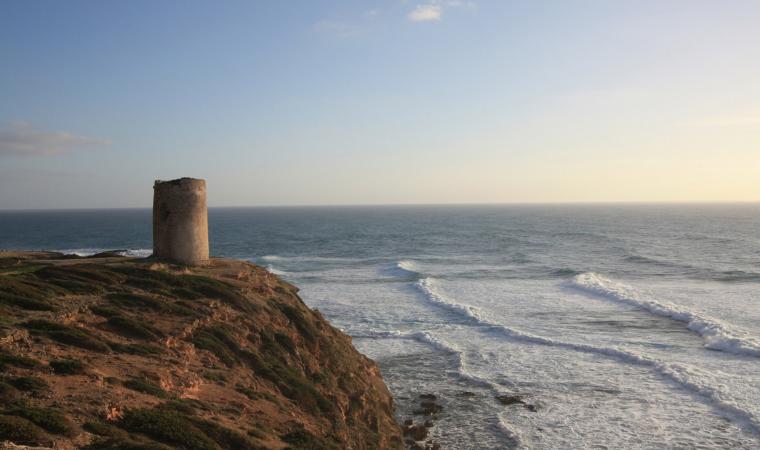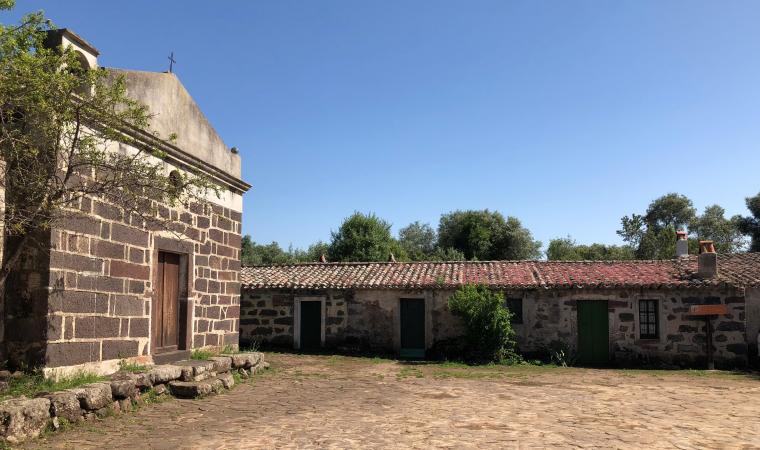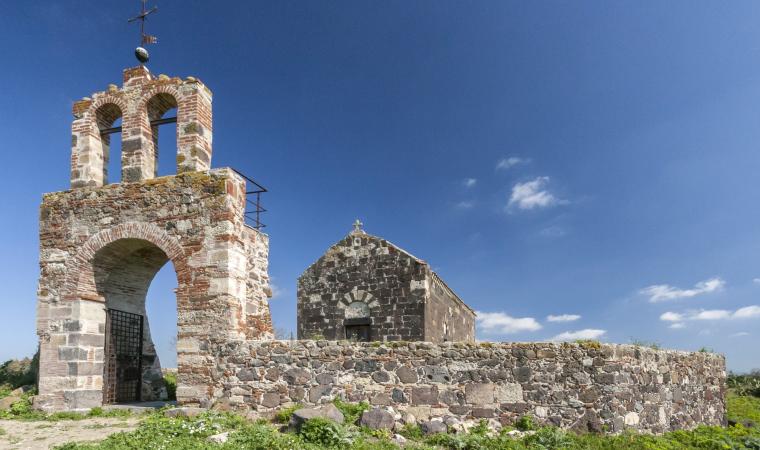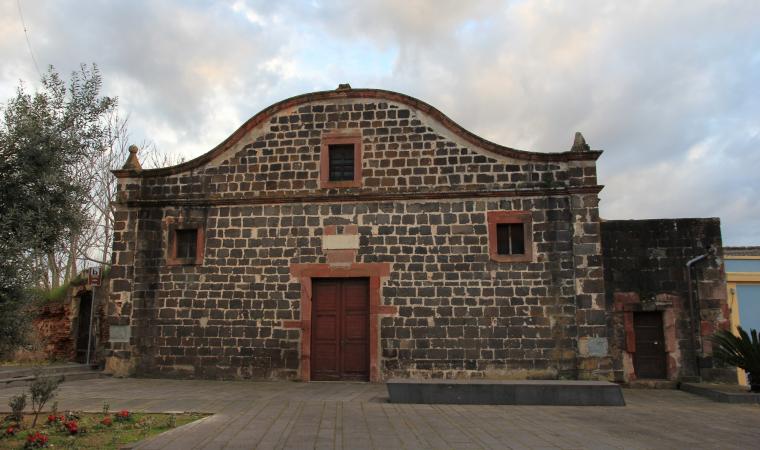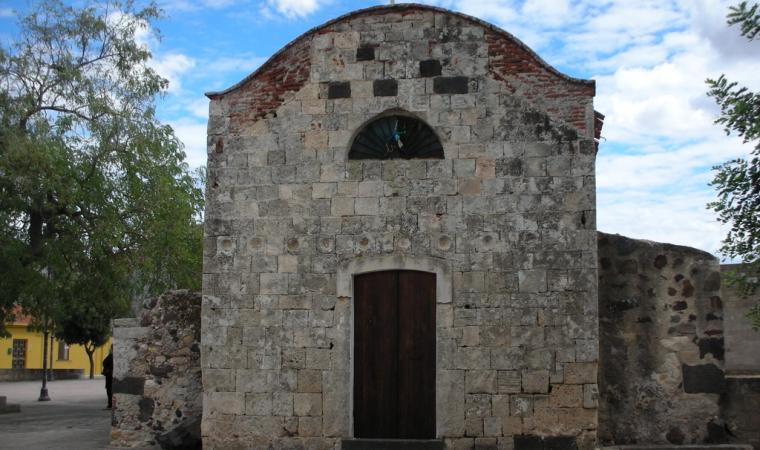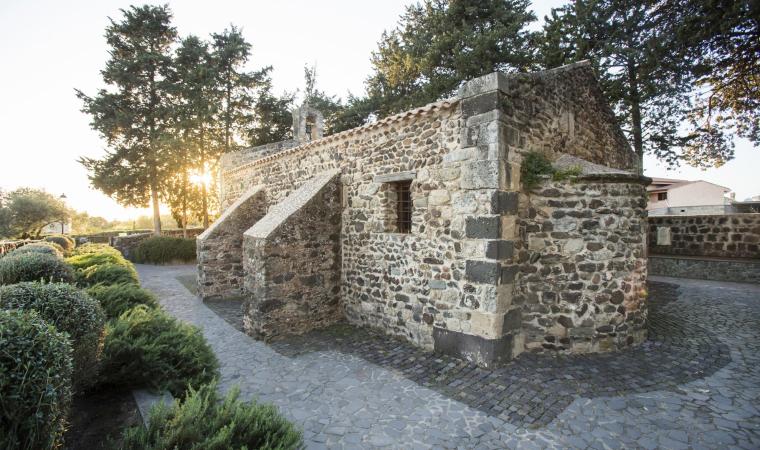The village is situation on the foothills of the basalt plateau of Abbasanta, bordered to the north by the spurs of Montiferru and to the south by the plains of Alto Campidano, a particularly fertile area with numerous springs. Bauladu is a small village with a population of around 700, 18 kilometres from Oristano, and which regained independence in 1946 after being united with Milis in 1927. The local economy is mainly based on a flourishing agriculture in the flatter areas, while the hilly territory is used as pasture. The name means ‘wide ford’, with reference to the ford of the River Cispiri, which crosses the territory and after joining the riu Mare Foghe, feeds into the Stagno di Cabras. There is a large nature reserve in this area, home to rare reptiles including the Aesculapian and Sardinian snakes.
Tradition points to Santa Barbara de Turre as the oldest settlement in Bauladu, abandoned following an epidemic. The surviving inhabitants moved under the protection of the Camaldolesi, who founded the Church of San Lorenzo and the Church of San Gregorio. The village became an important monastic villa under the Giudicato d’Arborea. Its development mainly took place thanks to the large Abbey of Santa Maria di Bonarcado. The two medieval churches are still the villages main churches today, as well as being the oldest. The parish church of San Gregorio Magno is in the village centre: its earliest Romanesque foundations date back to the 13th century, along with the stone facade. It was renovated in the 18th century and a chapel preserves a wooden sculpture of the Madonna with Child, in gold and multicolours, attributed to a carver from the Neapolitan school in 1600. The Church of San Lorenzo, built before the parish church, is set in a garden. Religious festivals include the celebrations of Santa Vittoria (mid-May), when a large bonfire is lit, and San Giovanni Battista (late June). The procession held in honour of the Saint is joined by men and women in traditional costumes (red for the women) and knights, who later take part in jousts and challenges. The lunch is based on boiled mutton and local wine. The festival is held at the same time as the sheep and cheese festival, bearing witness to the area's agricultural and pastoral tradition.
Settlements in the area are documented back to Nuragic times with the Giants' tombs at Muraguada, built using blocks of basalt, with a rectangular entrance, and the Crabia Nuraghe, in excellent state of conservation, with an intact tholos (false domed cover) on the ground floor and a stairway leading from the entrance to the upper floor.

